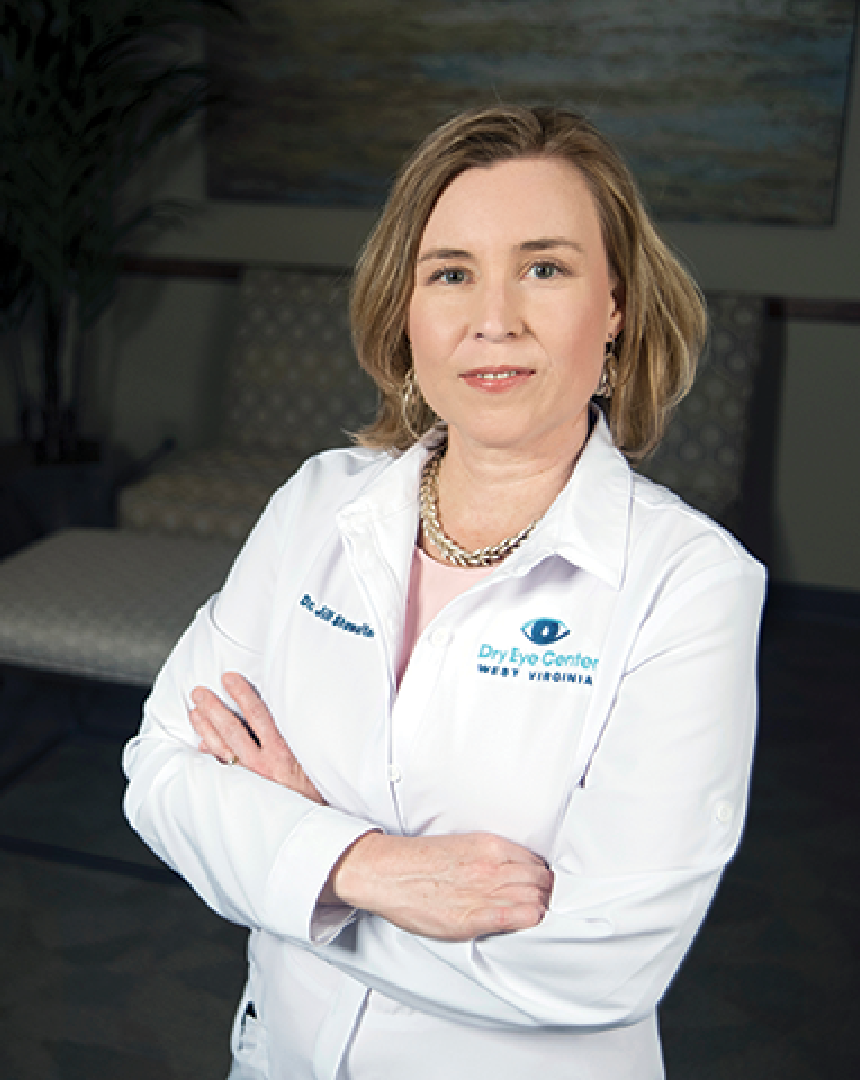5 lessons I learned from visiting another dry eye practice

Jill K. Showalter, OD is in private practice in Vienna, WV.

I recently had an opportunity to observe another practitioner in his dry eye specialty practice and it was a boon to me in a myriad of unexpected ways. ODs can become so busy running the maze of our own practices that we sometimes forget the benefits that can come from stepping away. It was very refreshing to move outside of my comfort zone and see a different approach. I came back to my practices full of new ideas, energy, and excitement to up my game.
Related: Remember the basics as dry eye treatments expand
1. There may be a better process
The first thing that struck me at this dedicated dry eye clinic was the way patients flowed through the office. At the time, I was experiencing a bottleneck at my primary care practice. I had highly trained scribes who were able to refract. Each scribe would take a patient from the waiting room through the pre-testing process, into the exam room, dilate and refract the patient, then wait for me to come in, refine the refraction and complete the eye health exam. My scribes were highly trained in refraction. So, I had them lead patients from the waiting room, through the pre-testing process, into the exam room where they’d dilate, refract and wait for me to complete the examination.
I liked the continuity of care this provided for patients, but the blockage of patients was bothersome. it was creating a bottleneck when an exam room wasn’t ready.
Additionally, time was lost whenever scribes sat with patients to wait for a room or me to join them.
Related: Experts offer advice to ODs starting dry eye subspecialty
In the practice I visited, technicians would ready the patient and place her back in a waiting room or in an available exam room. One scribe’s job was to stay with the doctor throughout every examination, an idea which I hadn’t considered, previously. This scribe seemed particularly in tune with the doctor’s wishes for treatment and counseling. His enhanced training and performance appeared to be a side effect of their close working relationship.
This system maximized each team member’s time because technicians never wasted time waiting and could move from task to task.
Related: Treat dry eye disease first, address comfort next
When I returned home, I was able to implement these methods in my practice. Results were phenomenal. Patient flow improved and staff and patient processes became more efficient. My entire team experienced a reduction in stress.
2. Not every test is necessary
The next thing I noticed was that this practice was running fewer tests. This, too, allowed for better patient flow. The doctor had decided which tests were critical to making a necessary decision about the initial (or next) treatment.
This challenged me to look at my own pre-testing and exam processes critically and question what tests I really needed. If a test it wasn’t crucial to the decision-making process, the test was eliminated. This change allowed me to reduce chair time in both pre-testing and the exam room at both of my practices.
Related: Offer IPL as a treatment for MGD and dry eye disease
3. Not all patients will accept your treatment plan
Non-compliance is always frustrating. When I hear complaints such as, “lifeitegrast ophthalmic solution 0.5% (Xiidra, Novartis) costs too much!” “it isn’t covered by my insurance,” “the cyclosporine ophthalmic emulsion .05% (Restasis, Allergan) burns my eyes,” and “it takes too much time!” I sometimes feel that I failed to clarify to my patients why they need their treatments.
Related: Minimize symptoms of dry eye disease in refractive surgery patients
So, I explain it again, often to no avail. I have found that most ODs will help their patients with financial assistance paperwork in an effort to get them the medications they need.
I observed that when this doctor encountered pushback from a patient, he simply moved on to another treatment option.
This was revolutionary to me. If the patient is not going to comply, why waste your time trying to talk him into it? Simply say “I’ve offered you this, and you didn’t like it, so here is an alternative.” Adopting this practice allowed me to release myself from a sense of guilt. The treatment is truly in the patient’s own hands. Our job as professionals is to lay out the options and let him choose what he feels will work best for him.
Related: Overlooked causes of dry eye
4. It takes time
Although I always had informed my patients that dry eye is a disease that takes time to get under control, I had never quantified this for them. With all new patients, this doctor advised them that it typically takes 4 to 6 months for them to experience relief, maybe longer. Putting this time frame out there gives the patient, as well as the doctor, release. When they come back at their 6 to 8 week follow up, they aren’t expecting a drastic improvement. Any improvement now becomes a victory.
Related: OD builds e-commerce dry eye store
Knowing that the timeframe was this long really took the pressure off of me. Previously, at their first follow up I felt frustrated if they were not showing some improvement. Knowing this is normal gave me breathing room to not be stressed out and to allow time to tweak the treatment plan so it can ultimately work. I have experienced much more confidence since gaining this understanding.
5. Some cases are difficult
In my experience, I found myself frustrated when I could not get my patients to the point of perfect control of their disease. I felt that it was due to a shortcoming on my part.
At this practice, I observed many patients in re-treatment for severe diseases. One patient was getting his ninth amniotic membrane placed.
Related: How to incorporate nutrition into dry eye practice
Despite the many, valid attempts his doctor made to correct his condition, it was simply too aggressive. This taught me that no matter how much effort I apply, some patients have severe disease. It may not be possible to get an ocular surface picture perfect, but it is up to ODs to continue treatment and keep the patient as comfortable and healthy as possible. Although many patients are able to achieve and maintain normal tear osmolarity without inflammation, some will require ongoing treatment and may never achieve perfect control. This is just a fact of the disease and it does not indicate a failure on the ODs part. Realizing this gave me a new confidence in dealing with my difficult cases.
Related: Dry eye signs may signal risk for diabetic foot ulcers
The Takeaway
At the end of the visit, I was surprised to find that I had learned infinitely more than I had expected. Not only did I learn tips and techniques for better diagnosis and management of dry eye disease, I gained insight that helped me improve my patient flow and gain confidence. I learned ways to improve not only my dry eye practice, but my primary care practice, as well.
I urge ODs to step outside of their own four walls and visit another practice. I am certain it will lead to a new viewpoint that will take practices to the next level.
Dr. Showalter was sole owner of EyeDoctors and Dry Eye Center WV in Vienna, WV, until becoming a partner doctor with Total ECP in 2018. She is a Diplomate of the American Board of Optometry. She is a consultant with Eyevance Pharameuticals.
More by Dr. Showalter: New guidelines in OSD evaluation before surgery
Newsletter
Want more insights like this? Subscribe to Optometry Times and get clinical pearls and practice tips delivered straight to your inbox.